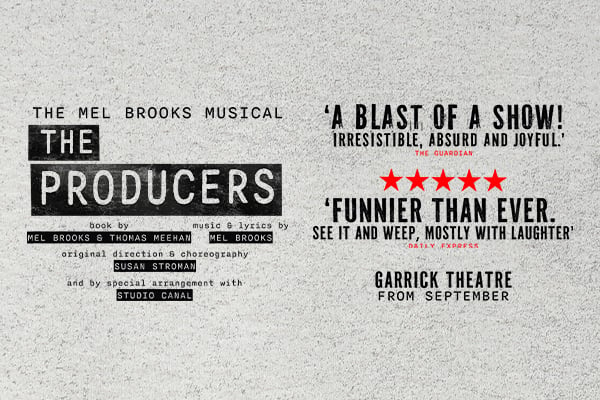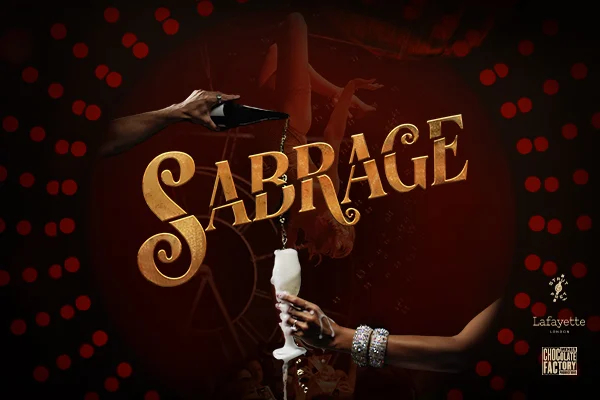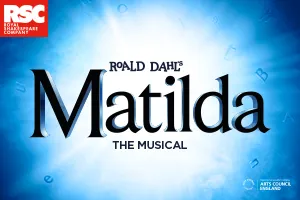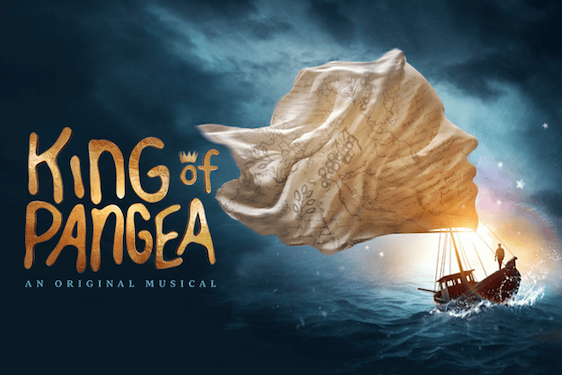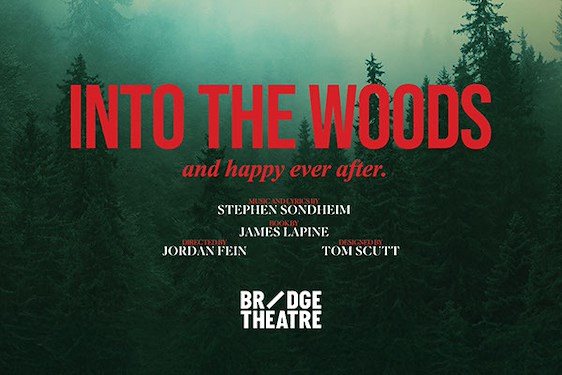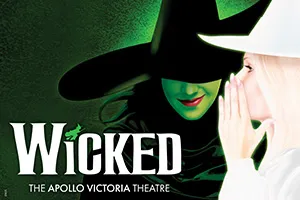I have very mixed feelings about this multi-genre one-woman play. It has elements of comedy, dance, mime, puppetry, film and tragedy all suffusing the story. You might think this sprawling combination would be overbearing, but I cannot imagine how the story could have been so beautifully told without each of these elements in turn.The Imaginary History of Tango is a compilation of the many memories of one woman’s life and her learning to dance the tango. It begins with her humorously awkward pole-dancing to club-electric beats and progresses to her discovery of tango and the many encounters she has along the way. The scenes are punctuated by short snaps of film which often emulate the comedic stereotypes associated with the dance. There was also some audience interaction, giving one lucky man a lesson in how to approach a lady he wishes to dance with.This was one of those rare plays that grew on me as it progressed, despite not captivating me particularly from the start. There is very little development of a plot or of our central character through the scenes. Each mini-feature holds up well by itself, but there is no specific correlation with these scenes and the closing moral of the story. It has a surprisingly preachy conclusion, which I feel detracts from the quality of the play as a whole.There was so much more the creator could have expanded on: the brief use of puppetry and mime alluded to a higher performance level than was presented in the overall production. The pathos and dark intensity that was touched upon could have been expanded. This is definitely a play that will get the cogs in your brain turning, perhaps not always in the same way.







